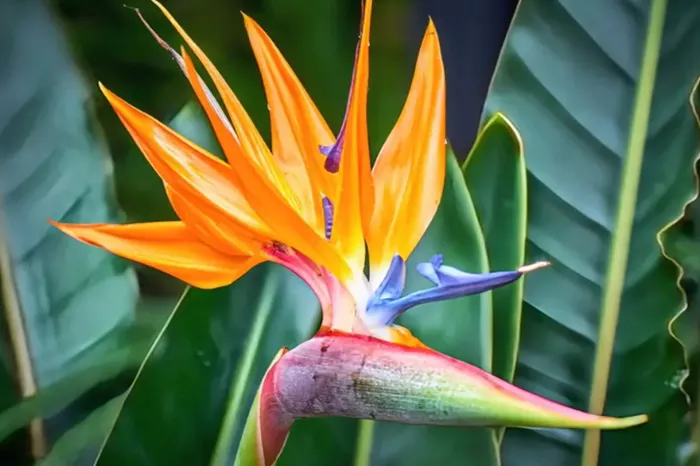Plant life is essential to our planet. Remarkably, about one-third of all known plant species thrive on islands. Despite covering just over 5% of Earth’s land, islands boast rich biodiversity. But how did this occur?
Research on Island Plant Species
Dr. Julian Schrader from Macquarie University’s School of Natural Sciences led an international team that examined data on approximately 304,103 plant species. This research highlights the incredible biodiversity found on islands.
The study identified 94,052 plant species native to islands. Out of these, 63,280 are endemic, meaning they exist only on their specific islands. In total, islands hold 21% of global plant diversity. This research is the first comprehensive analysis of vascular plants native to marine islands worldwide.
Understanding Native and Endemic Plants
Native plants grow naturally on islands. In contrast, endemic species are unique to a particular island or group of islands. Vascular plants include a variety of species, such as trees, shrubs, herbs, ferns, and grasses. They differ from non-vascular plants like mosses and liverworts due to their circulatory system.
“This is the first time we have had such a complete understanding of which species are where, globally,” said Dr. Schrader.
This understanding allows researchers to assess the conservation status of rare plants. It helps them develop specific strategies for their preservation, including identifying botanical gardens that could host rescue populations.
The Island Plant Paradox
While islands are rich in species diversity, only 6% of islands with endemic species meet the United Nations goal to protect 30% of land and sea areas by 2030. The study also highlights significant centers of plant endemism, primarily large tropical islands with complex terrains and long histories of isolation.
Leading the list are Madagascar, with 9,318 endemic species; New Guinea, with 8,793; Borneo, with 5,765; Cuba, with 2,679; and New Caledonia, with 2,493. Dr. Schrader attributes this diversity to geography. The distance between islands, along with unique climates, fosters an evolutionary process that leads to the creation of new species.
Threats to Island Biodiversity
However, isolation has its downsides. Many plant species in these unique ecosystems struggle to compete with non-native species. Climate change exacerbates these challenges, especially for low-lying islands vulnerable to rising sea levels and severe weather.
The study provides a critical baseline for monitoring changes in island ecosystems over time. It serves as a roadmap for prioritizing conservation efforts to ensure the survival of unique species found on islands, each with its own story of evolution and adaptation.
“In French Polynesia, I sought one of the rarest plants in the world, the tiare apetahi (Sclerotheca raiateensis), with only a few individuals remaining in the wild,” Dr. Schrader explained. This plant is culturally significant to the local community but faces threats from overharvesting and predation. Botanical gardens may hold the key to its survival, but cultivating the species outside its natural habitat presents challenges.
The tale of island biodiversity is one of wonder, urgency, and the need for collective action. It underscores the importance of careful stewardship and informed conservation strategies.
Related topics:
- Getting Rid of Problem Plant Waste
- Newly Discovered Lysionotus Species with Unique Flowers Found in Yunnan, China
- Caring for Your Plants This Winter: Tips for a Thriving Garden


